Ask AI on The Internet
Question: (B) Independent Station: The Hero’s Journey What are the attributes of the different types of heroes? How are they similar? How are they different? What are the stages of the Hero’s Journey? Why is each stage important? Create a Hero’s Journey graphic organizer for your favorite movie or book. (C) Historical Background Station: Anglo-Saxon Who Were the Anglo Saxons? What are some of the values that were important to the Anglo Saxon culture? What is the Mead Hall? Why is the Mead Hall important in the Anglo-Saxon culture? (D) Connection Station: Modern Day Hero Connection List 3 characters from TV, Movies, or Books that defend others. Why do these people take this action(selfish or selfless)? Think of your own life. Have you ever taken action to defend the helpless? Why did you choose to take action?
**(B) Independent Station: The Hero’s Journey** *Attributes of Different Types of Heroes:* 1. **Classic Hero**: Noble, courageous, with a strong sense of justice. Example: King Arthur. 2. **Tragic Hero**: Possesses a fatal flaw that leads to their downfall. Example: Oedipus. 3. **Reluctant Hero**: Initially hesitant, they are compelled by circumstances to become a hero. Example: Frodo Baggins. 4. **Anti-Hero**: Lacks conventional heroic qualities, often morally ambiguous. Example: Deadpool. 5. **Everyman Hero**: Ordinary individual thrust into extraordinary circumstances. Example: Bilbo Baggins. *Similarities and Differences:* - **Similarities**: They all undergo a transformative journey, often face a major conflict, exhibit some form of bravery, and inspire others. - **Differences**: Their motivations, moral alignments, and personal traits differ. For example, a classic hero is often driven by altruism, while an anti-hero may be driven by personal gain. *Stages of the Hero’s Journey:* 1. **Ordinary World**: The hero’s normal life before the adventure begins. 2. **Call to Adventure**: The hero is faced with a challenge or problem. 3. **Refusal of the Call**: The hero hesitates or refuses the call to adventure. 4. **Meeting the Mentor**: The hero meets a mentor who offers guidance. 5. **Crossing the Threshold**: The hero leaves their ordinary world and enters the adventure. 6. **Tests, Allies, and Enemies**: The hero faces obstacles, makes allies, and confronts enemies. 7. **Approach to the Inmost Cave**: The hero approaches a significant challenge or ordeal. 8. **Ordeal**: The hero faces a major crisis that leads to a revelation or transformation. 9. **Reward**: The hero achieves a reward or victory. 10. **The Road Back**: The hero begins their journey back to the ordinary world. 11. **Resurrection**: The hero faces a final test where they are reborn or transformed. 12. **Return with the Elixir**: The hero returns home with a boon or treasure to share. *Importance of Each Stage:* - Each stage represents a critical part of the hero’s transformation and the story structure, ensuring character development and narrative progression. *Hero’s Journey Graphic Organizer Example:* For "Harry Potter and the Philosopher's Stone": 1. **Ordinary World**: Living with the Dursleys. 2. **Call to Adventure**: Receiving the letter from Hogwarts. 3. **Refusal of the Call**: The Dursleys try to prevent him from going. 4. **Meeting the Mentor**: Hagrid takes Harry to Diagon Alley. 5. **Crossing the Threshold**: Entering Diagon Alley and eventually Hogwarts. 6. **Tests, Allies, and Enemies**: Making friends (Hermione and Ron) and enemies (Draco Malfoy). 7. **Approach to the Inmost Cave**: Discovering the truth about the Philosopher’s Stone. 8. **Ordeal**: Confrontation with Voldemort/Quirrell. 9. **Reward**: Securing the Philosopher’s Stone. 10. **The Road Back**: End of the school year approaches. 11. **Resurrection**: Harry recuperates in the hospital wing with newfound understanding. 12. **Return with the Elixir**: Harry returns to the Dursleys but is now confident and empowered. **(C) Historical Background Station: Anglo-Saxon** *Who Were the Anglo-Saxons?* - The Anglo-Saxons were a group of tribes from Germany, Denmark, and the Netherlands who settled in England from the early 5th century until the Norman Conquest in 1066. *Values Important to Anglo-Saxon Culture:* 1. **Loyalty**: Loyalty to the lord or king was paramount. 2. **Bravery**: Valued in battle and daily life. 3. **Generosity**: Leaders were expected to be generous with their wealth. 4. **Honor**: Reputation and honor were crucial aspects of an individual’s social standing. *Mead Hall:* - A central gathering place for the community, where warriors would gather, feast, and listen to stories. *Importance of the Mead Hall:* - It served as a cultural and social hub, symbolizing the community’s unity and the lord’s generosity. **(D) Connection Station: Modern Day Hero Connection** *3 Characters from TV, Movies, or Books That Defend Others:* 1. **Captain America (Marvel Cinematic Universe)** 2. **Katniss Everdeen (The Hunger Games)** 3. **Atticus Finch (To Kill a Mockingbird)** *Why Do These People Take This Action (Selfish or Selfless)?* 1. **Captain America**: Selfless; driven by a moral compass to protect others. 2. **Katniss Everdeen**: Initially selfish (protecting her family), but later becomes selfless, fighting for societal change. 3. **Atticus Finch**: Selfless; defends Tom Robinson because he believes in justice and equality. *Personal Reflection:* - Reflect on a time when you took action to defend the helpless. Consider your motivations and how the situation impacted you and others involved. This self-reflection can be a powerful way to understand your own values and sense of justice.
Think your answer is better than the AI's? Post it below.
Other Most Relevant Posts:
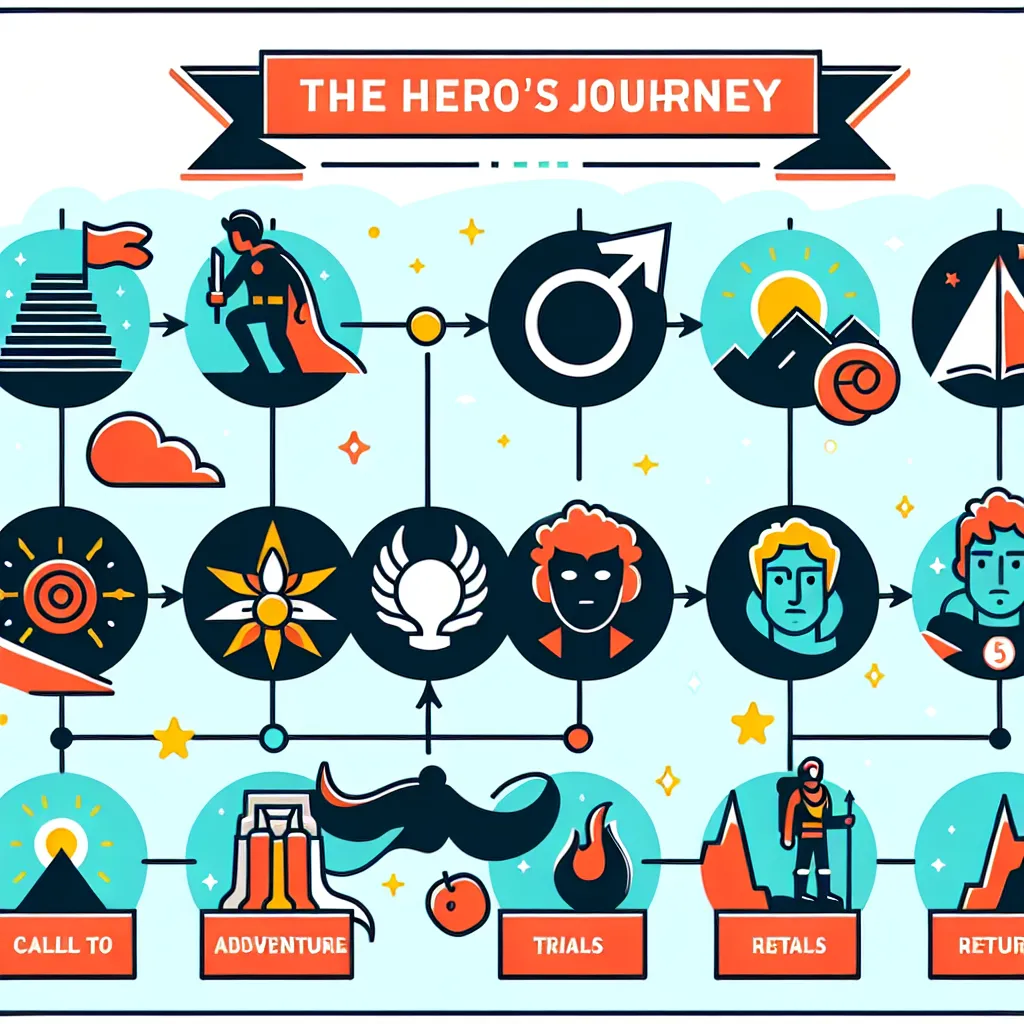 (B) Independent Station: The Hero’s Journey - "The Hero’s Quest: Traits and Stages"
(C) Historical Background Station: Anglo-Saxon - "Anglo-Saxons: Culture and Society"
(D) Connection Station:
(B) Independent Station: The Hero’s Journey - "The Hero’s Quest: Traits and Stages"
(C) Historical Background Station: Anglo-Saxon - "Anglo-Saxons: Culture and Society"
(D) Connection Station:
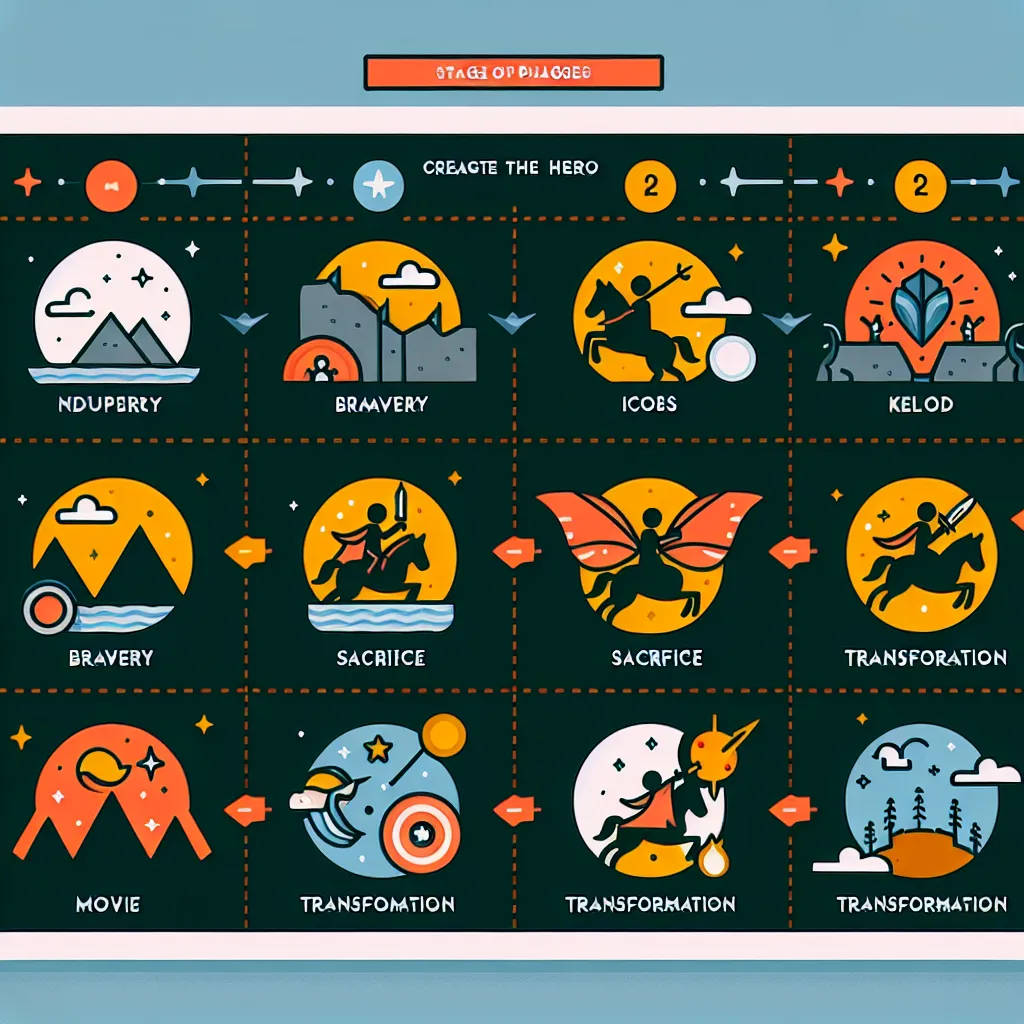 ### Unraveling Heroes' Journeys: Diversity in Stories
### Types of Heroes: Reluctant, Chosen, Anti-Hero, Tragic
### Similarities in Heroes' Journeys: Transformation through Adversity
### Differen
### Unraveling Heroes' Journeys: Diversity in Stories
### Types of Heroes: Reluctant, Chosen, Anti-Hero, Tragic
### Similarities in Heroes' Journeys: Transformation through Adversity
### Differen
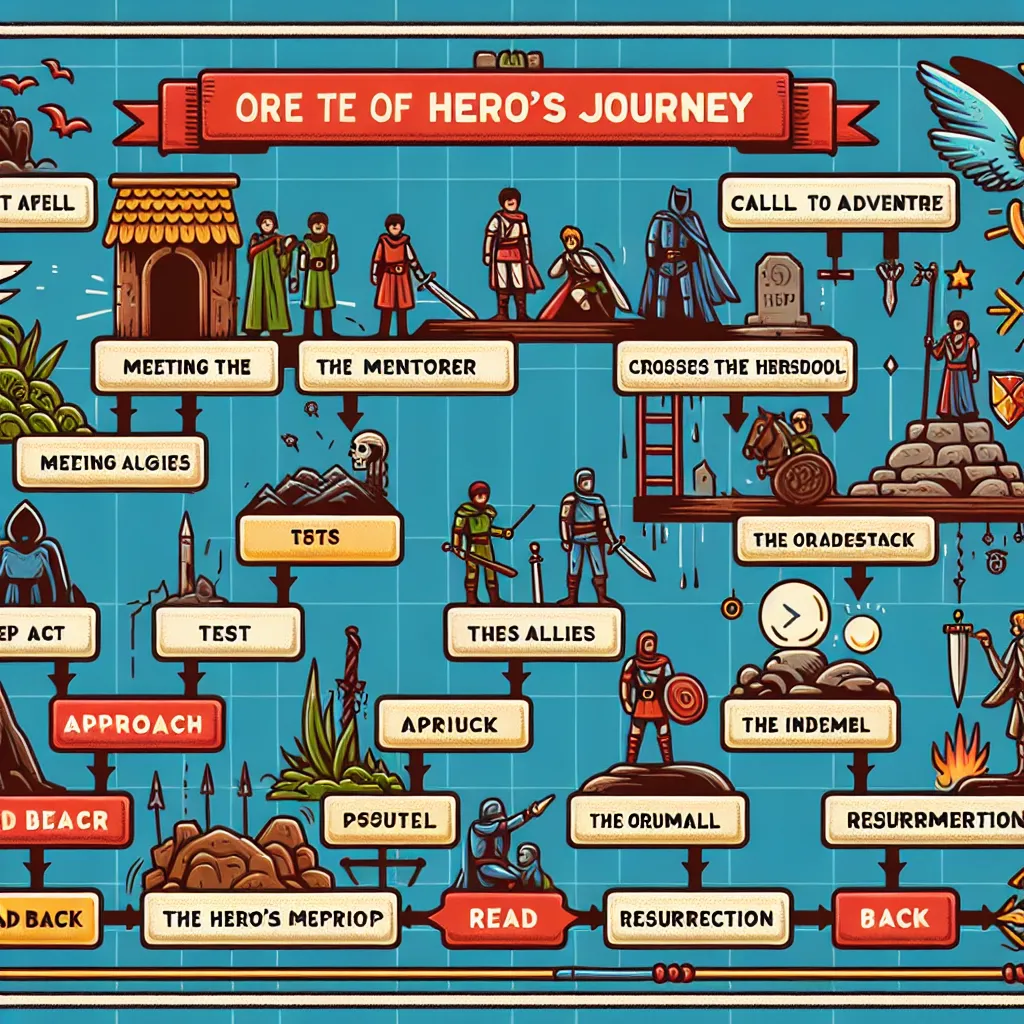 ### Station (B): Heroes Unveiled
### Station (C): Unraveling the Anglo-Saxon Legacy
### Station (D): Defending the Vulnerable: Heroes Among Us
### Station (B): Heroes Unveiled
### Station (C): Unraveling the Anglo-Saxon Legacy
### Station (D): Defending the Vulnerable: Heroes Among Us
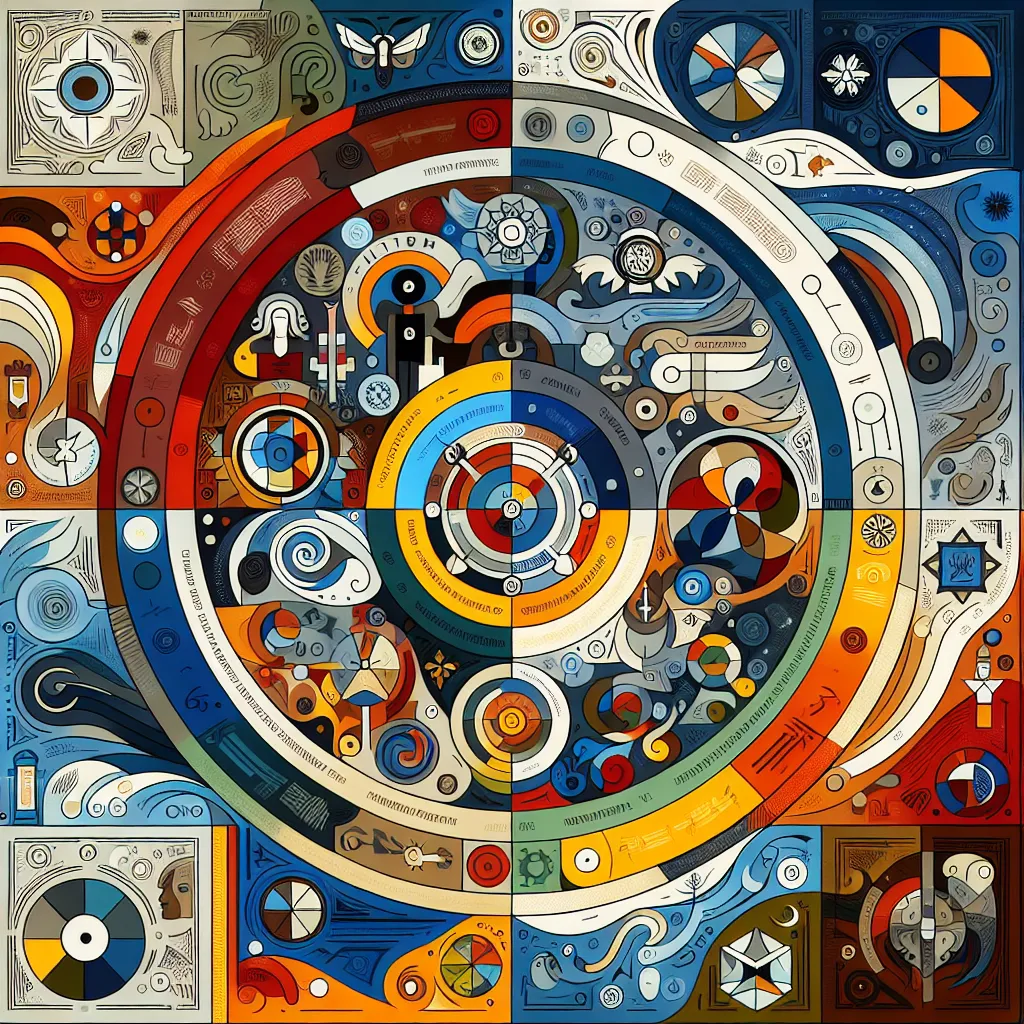 (B) Hero's Journey: Unveiling Paths & Attributes
(C) Anglo-Saxon Insights: Culture, Values & Community
(D) Modern Heroes: Guardians of Today
(B) Hero's Journey: Unveiling Paths & Attributes
(C) Anglo-Saxon Insights: Culture, Values & Community
(D) Modern Heroes: Guardians of Today
Question Tags
If you want your question answered by an AI, click here.

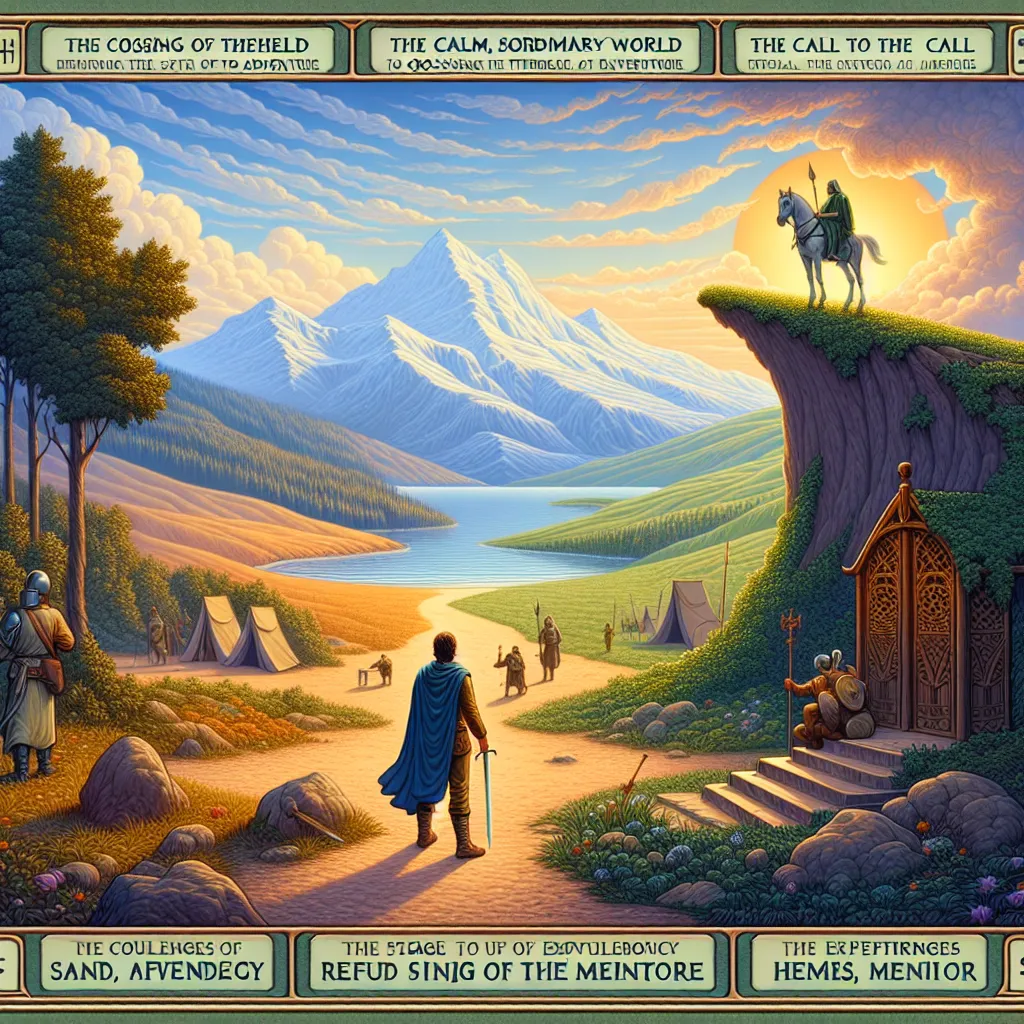
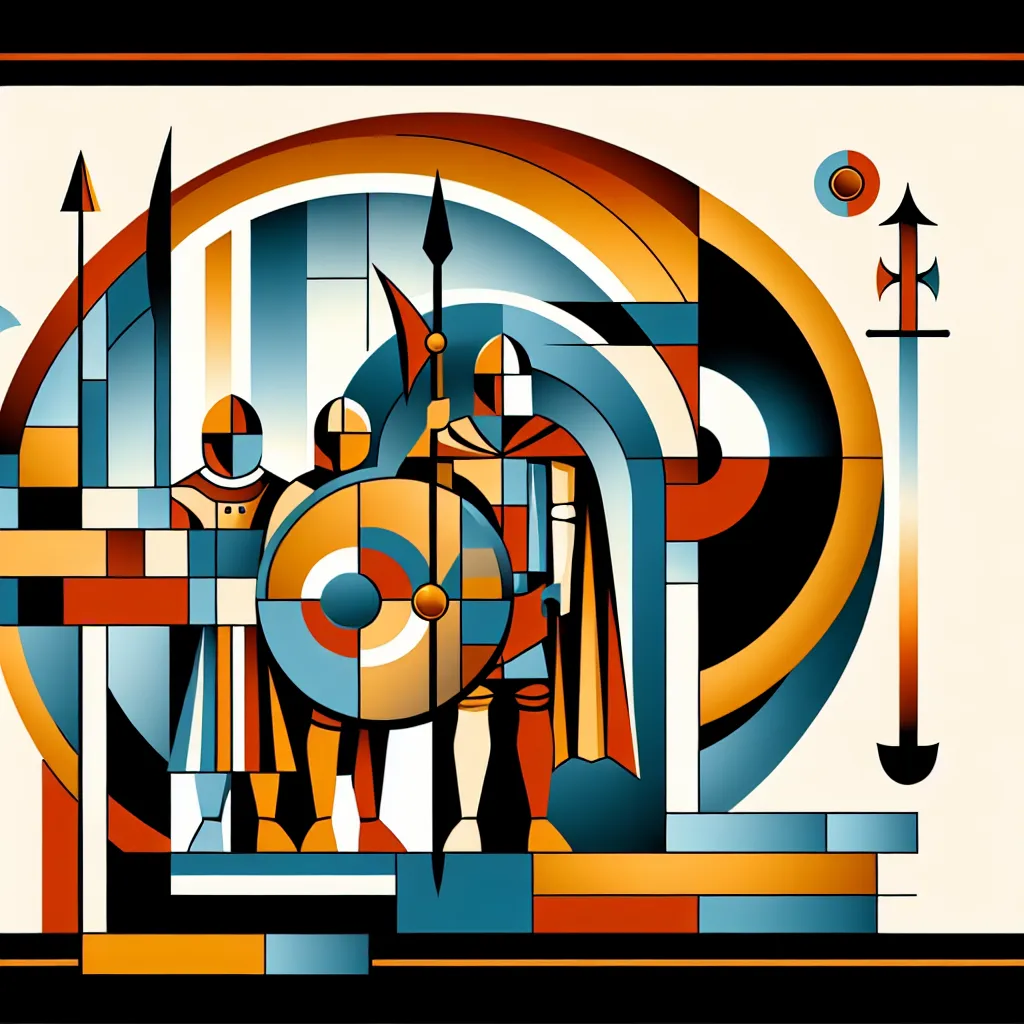
Post your own comment: